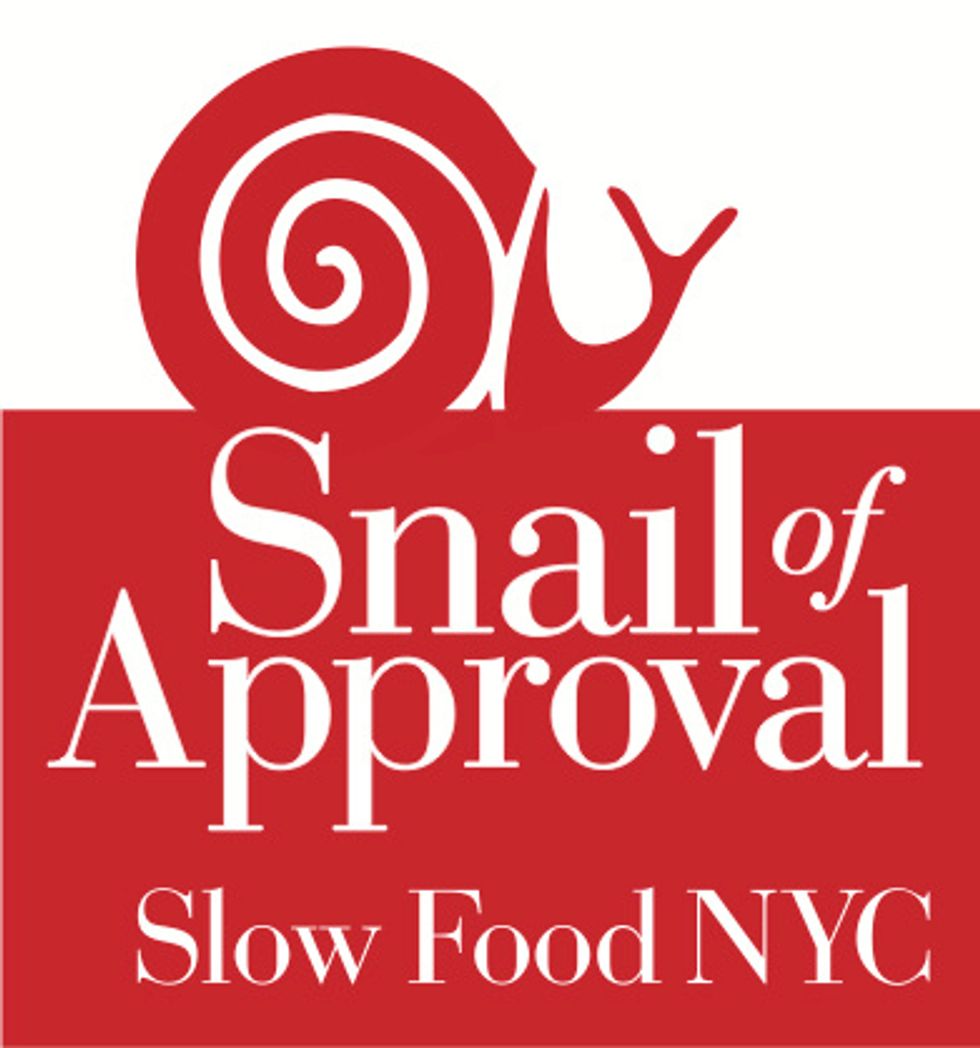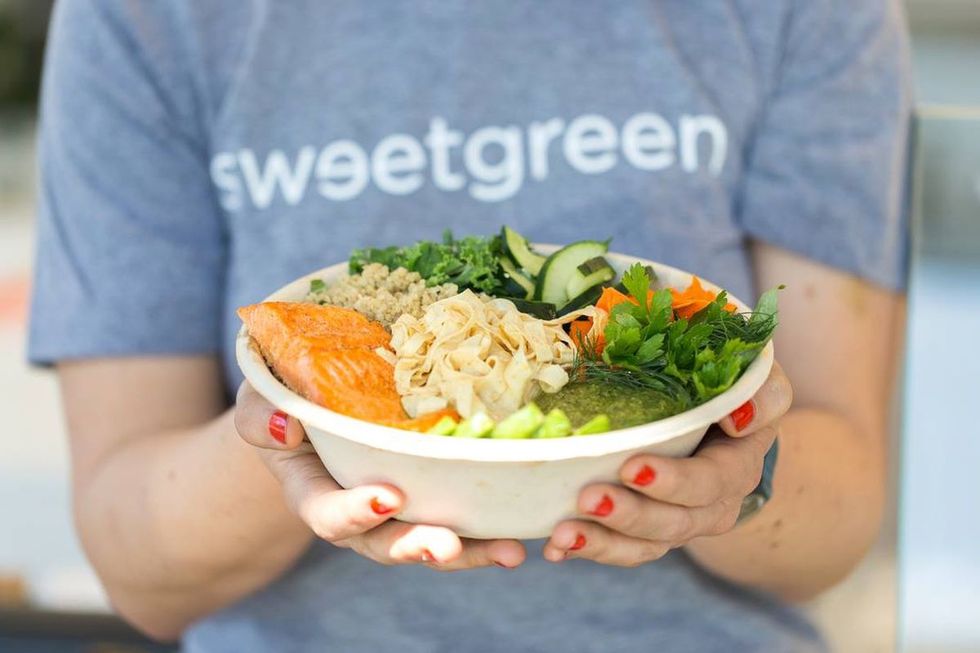Its real purpose is to give consumers firsthand knowledge of how the produce and livestock that end up in their food are raised, and there’s often an implied (but not guaranteed) commitment to keeping these products pesticide and hormone-free. Essentially, the farm-to-table movement is designed to provide healthier food options by cutting out commercial vendors.
Farm-to-table dining, unlike grocery store items labeled “organic,” has a pretty good track record with regard to authenticity. There have been some issues with fraud, but for the most part, restaurants that claim to be farm-to-table are pretty reputable. When it does happen, fraud typically occurs when new owners change their supply chain without updating their menus. In certain cases, restaurants brazenly claim that they’re buying from a supplier that they’ve never even made contact with. This however, is rare and can often result in lawsuits. In order to verify restaurants’ farm-to-table claims, Slow Food USA has created a set of standards surrounding freshness, quality of ingredients, and overall taste. Restaurants that qualify, get stamped with what Slow Food USA calls the Snail of Approval. Any restaurant that has a snail sticker is considered certified. It needs to be said that, even with certification, the precise definition of farm-to-table is still elusive. It’s not as if Slow Food USA has a monopoly on the term. As it is, farm-to-table functions as a catch-all for sustainability and a commitment to providing fresh, locally-sourced food.
 The coveted Snail of Approval
The coveted Snail of Approval
Understandably, relying on local vendors can put strain on well-meaning restaurateurs who want to provide healthy meals for their guests. For example, a restaurant owner doesn’t have to put much effort into the relationship they have with large commercial vendors. They simply pay a predetermined price for whatever goods they want and that’s that. In order to find a good local farmer, chefs have to seek them out, build relationships with them, and negotiate prices. On top of this, chefs who are really committed will probably have to inspect the farms they buy from to ensure the produce their buying is being grown in a method that comports to their restaurant’s mission. The opportunity cost of building these important relationships invariably gets passed down to the consumer, making farm-to-table dining much more expensive. It’s so expensive in fact, that many have questioned whether or not farm-to-table restaurants are viable business models, as some restaurants shell out millions of dollars for their food every year.
 Sweet green combines fast-casual with farm-to-table
Sweet green combines fast-casual with farm-to-table
In response to this, some enthusiasts have taken to buying up farms of their own, simultaneously cooking the food and tilling the soil its grown in. Blenheim Hills, a 2016 Michelin-rated restaurant in the West Village is doing just that, but there are obvious difficulties associated with running a farm on top of running a restaurant. While initial purchase of the farm, as well as training cost Blenheim Hills a decent chunk of change, buying a farm has allowed them to keep their prices competitive. Outside of the world of fine dining, popular fast-casual restaurants like the wildly popular Sweetgreen are embracing the farm-to-table model as well. On top of this, New York-based fast-casual chain Dig Inn is planning to purchase its own farm just like Blenheim Hills, as a means of cutting costs also.
Whether or not the farm-to-table model is economically viable remains to be seen, but there isn’t much doubt that American diners are gravitating towards healthier eating habits. There have been some hiccups–and as with all food crazes consumers should be skeptical and do their research before buying into this growing trend–but the fact that fast-casual restaurants are adopting this style of food prep is a net positive. As more and more companies get involved and as warehouse cultivation and other urban farming techniques improve, the price of farm-to-table dining should drop significantly. Even the most cynical foodies have to look at America’s shifting culture and smile a bit.Matt Clibanoff is a writer and editor based in New York City who covers music, politics, sports and pop culture. His editorial work can be found in Inked Magazine, Pop Dust, The Liberty Project, and All Things Go. His fiction has been published in Forth Magazine. — Find Matt at his website and on Twitter: @mattclibanoff





